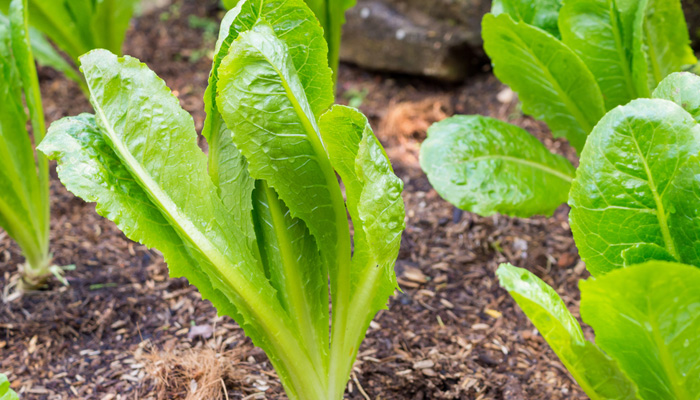Shutterstock
The Centers for Disease Control and Prevention (CDC) on Tuesday issued a new broad alert warning that romaine lettuce is not safe to eat in any form due to a new multiple-state outbreak of a dangerous type of E. coli contamination.

The CDC issued a food safety alert on November 20, 2018 advising US consumers not to eat any romaine lettuce, instructing retailers and restaurants not to use serve or sell any, until the agency can learn more about the outbreak.
The CDC, as well as, public health and regulatory officials in several states are investigating a multistate outbreak of Shiga toxin-producing Escherichia coli O157:H7 (E. coli O157:H7) infections linked to romaine lettuce.
You can read the CDC food safety alert statement here:
https://www.cdc.gov/ecoli/2018/o157h7-11-18/index.html
The CDC isn’t taking any chances or making any exceptions in their warning to consumers, stating that “all romaine lettuce should be avoided.”
The warning covers all types of romaine lettuce, including salad mixes that may contain romaine.
Consumers are urged to discard all romaine lettuce from their homes, even if some of it has been consumed and no one had gotten sick.
The CDC advises that if you are unsure what type of lettuce a salad mix contains, it’s best to avoid eating it and to throw it away.
The CDC advises to wash and sanitize all shelves and drawers in the refrigerator where any romaine lettuce was stored or may have made contact.
While symptoms can vary for each person, the most common are severe stomach cramps, diarrhea (often bloody) and vomiting. Some people may experience a fever, although not likely to go very high (less than 101°F).
Typically, people who experience an E. coli infection begin feeling ill within 3 to 4 days after eating or drinking something that contains the bacteria. However, in some people, it may be anywhere from 1 to 10 days after exposure before symptoms appear.
Symptoms are relatively mild and resolve for most people within 5 to 7 days, however, others may experience severe or even life-threatening symptoms.
Contact your health provider immediately, and write down what foods you ate the week before you began to experience symptoms.
To prevent further outbreaks, it’s also important that your healthcare provider report your illness to the health department.